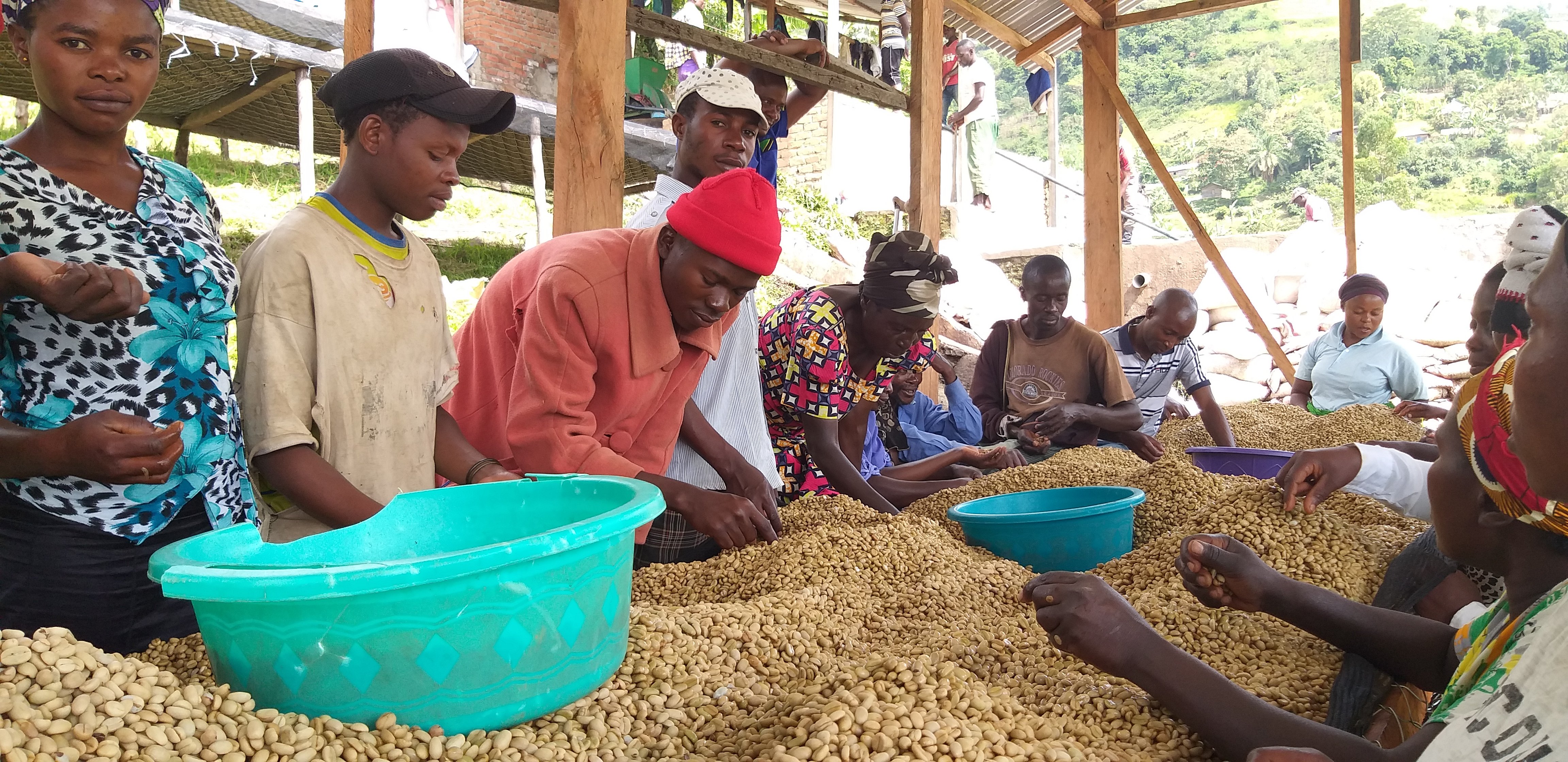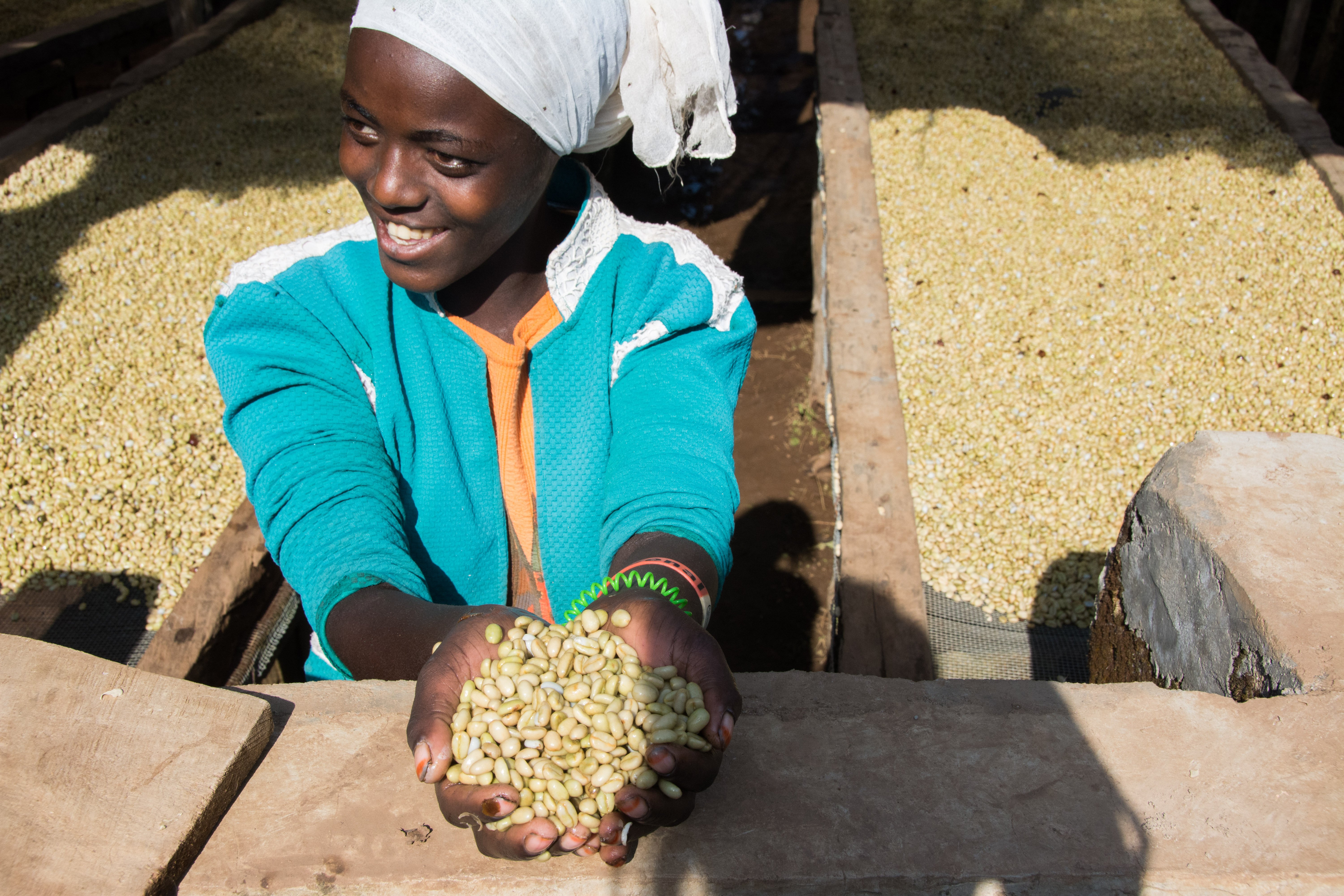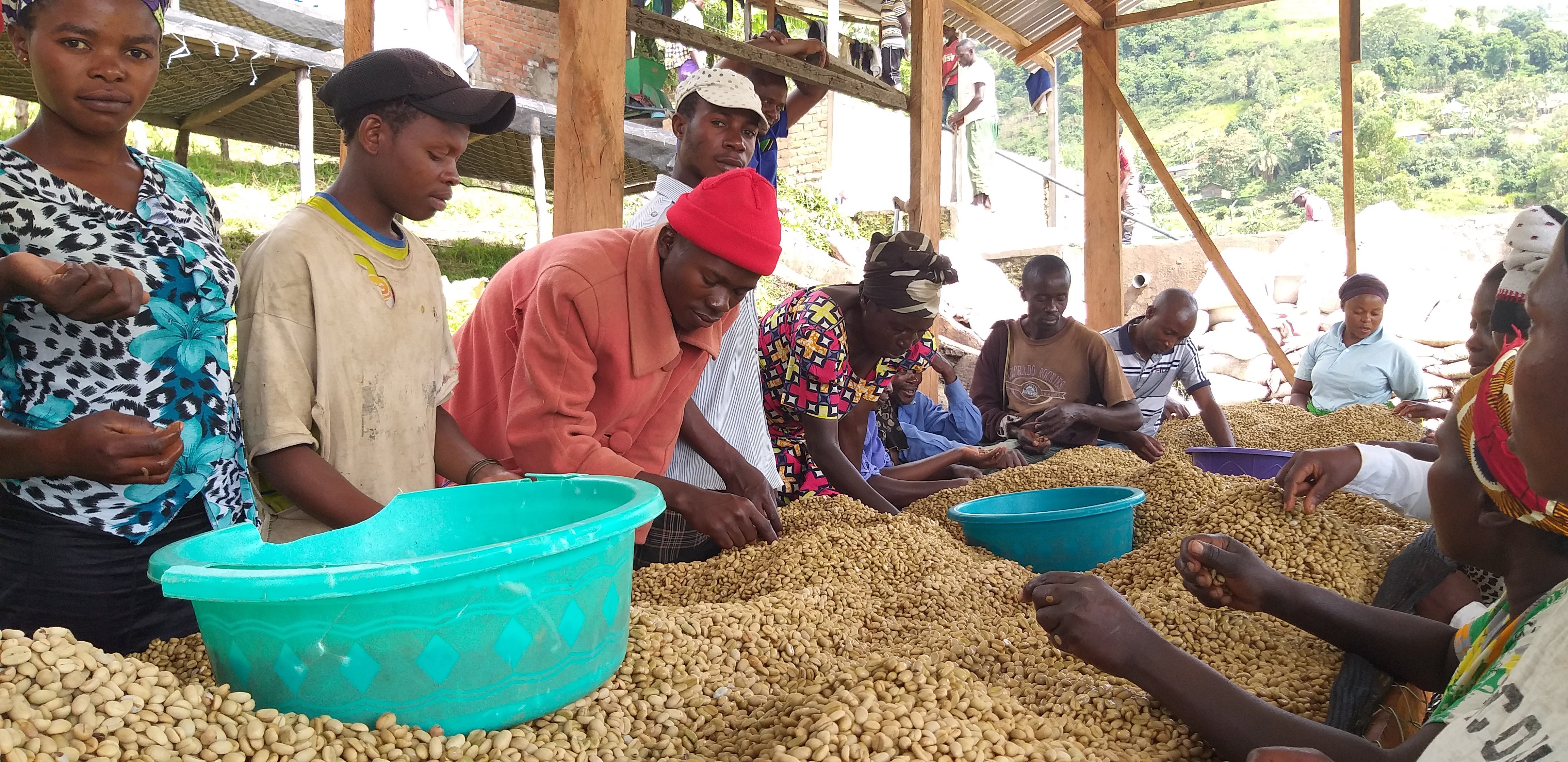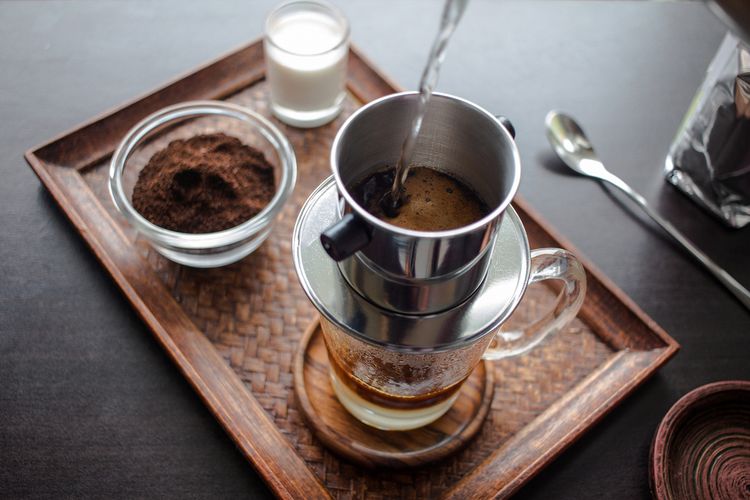Coffee green grading can be complicated work with no standardization, and you might wonder why you should care about it. The grading system was developed so that coffees could be matched via quality. According to Cafe Imports, the coffee community found it for large-volume commodity and commercial contracts. In practice, a stockpile of Colombian green bean is exchangeable with a different supply of Colombian green bean as long as the quality is similar –it doesn't matter if the producer and even the microclimate is different. The roaster also uses the grading system to measure quality and roast consistency.
Defining Coffee Quality with Coffee Green Grading

Imagine you receive a lot of coffee lists from importers but have no idea which coffee has the most distinctive tastes. You'll find Grade 1 or AA, but what does it all mean?
That's where coffee green grading comes in. Coffee green grading helps sellers and buyers worldwide define coffee quality by creating quality classifications of each coffee and ensuring the ordering and checklist consistency.
The four main grading types will help you understand where the coffee was produced, and indicate how coffee experts interpret the coffee. The four grading types are Peaberries (PB) or "the result of only one seed forming inside the coffee fruit," AB Grade or "considered good quality based on size, but of less value than AA," AA Grade or "the largest and most valuable beans from a particular lot of coffee" and Pacamara/Maragogype or "unusually large in size and often considered desirable as a result."
Why Defect Counts, Screen Size, and Coffee Tasting Are Important
You can inspect the coffee beans visually by doing defect counts and analyzing the screen size of the beans. With that, you'll find the bean's uniformity, cleanliness, and defect presence. Meanwhile, you can evaluate coffee's balance, uniformity, cleanliness, sweetness, body, acidity, aroma, and flavor by cupping or tasting. You can use cupping standardization protocols such as the SCA cupping protocol.
International Coffee Grading System
Trabocca states that there's no universal coffee green grading system, and each coffee-producing country has its own classifications. So you may find a grade 1 coffee from Indonesia scored as grade 2 in Brazil. A green bean from Vietnam may also have different defect counts than one from Colombia.
However, you can still speak the same language as your coffee importer. Coffee green grading mainly highlights the screen size, altitude (high grown, strictly high grown), region, botanical variety, standard vs. peaberry, number of defects, processing method (washed, semi-washed, natural), bean density, roast appearance, and cup quality. The three main components that sellers and buyers usually use to grade coffee are defect counts, the screen size of the bean, and coffee tasting/cupping. These are the three main elements since you can see and measure the length and taste – thus, you can identify the coffee quality.
How is Coffee Graded?

Green coffee is graded mainly on two factors: size and quality. But before doing so, you should put your protocol on the contract because there's still no universal grading system, as we stated before. Put the things that need to be analyzed and make sure it matches.
When grading for size, Idou Coffee suggests that production stations and facilities filter processed coffee through tools called screens (sieves) that different beans according to size. A screen with holes at 1/64 of an inch is used to shake the coffee samples, automatically separating each size. The results then are compared with the standard size of the origin country.
You are moving on to defects; a green bean is defined by its primary and secondary defects. Any coffee bean with primary defects such as whole black, dried cherry, or severe insect damage won't make it to specialty coffee. There's this 'equivalency system' where you need several minor defects to make it one count of the defect. If the defect found is heavier, the score would be more severe and vice versa. For example, you only need one fungus damage to make it one defect, but you need five coffee beans with parchments to make it one defect. Thus, inspecting defects is trickier work than size grading. You can learn more about this in the SCA Protocols here.
Another essential thing to check during coffee green grading, according to Trabocca, is the water activity. You need to check this as there are possibilities of microorganisms developing in your coffee, resulting in mold and even threatening toxic substances. The water activity needs to be below 0.70aw on a scale of 0 (dry) to 1.0 (pure water), or the cup quality will be poor.
Lastly, you'll need to note if the coffee smells clean or unclean by sticking your nose in or close to the cup. Color is also essential; if it's uneven, there is a possible indication of an improper drying method in the origin.
We hope this article helps you understand why coffee green grading matters! If you want to read another fantastic article about coffee, follow our Instagram and check out our blog!




.png)





Comments